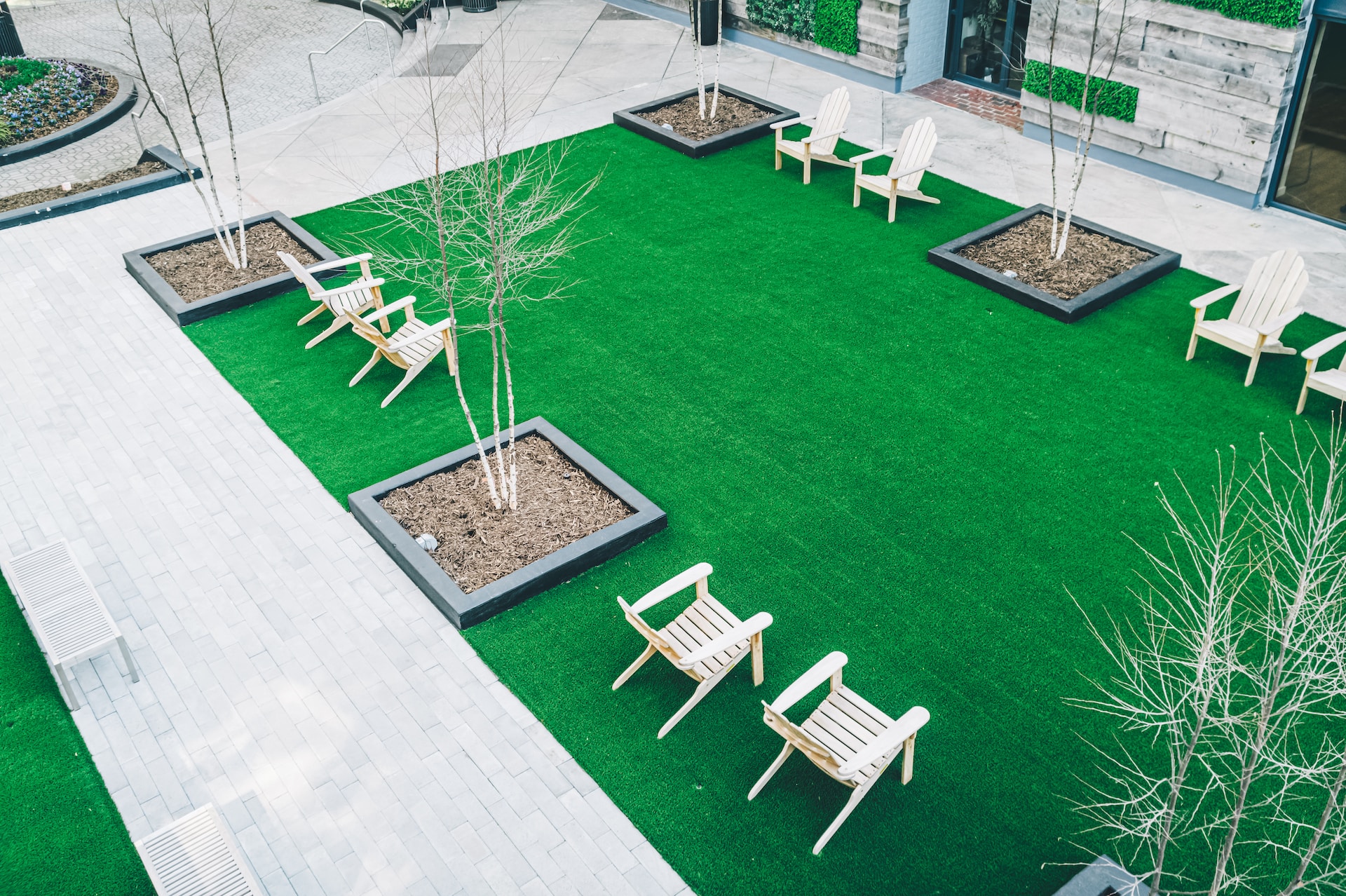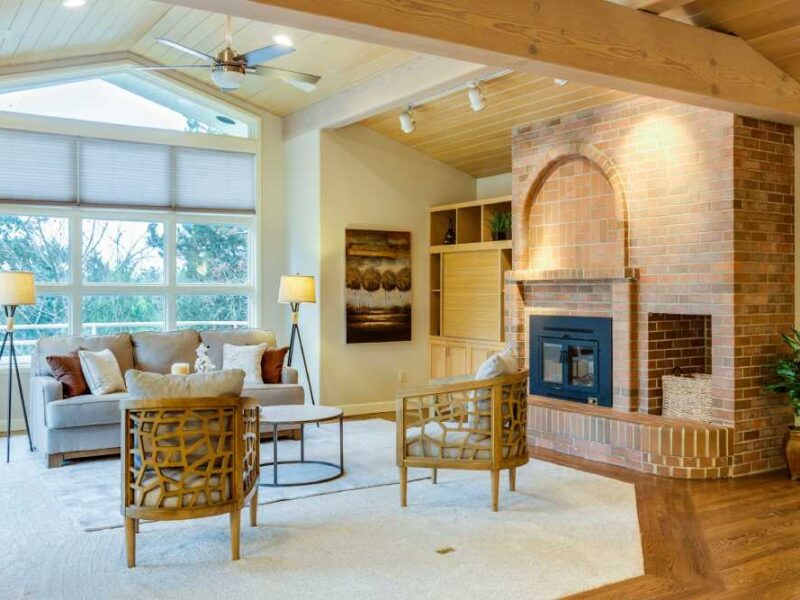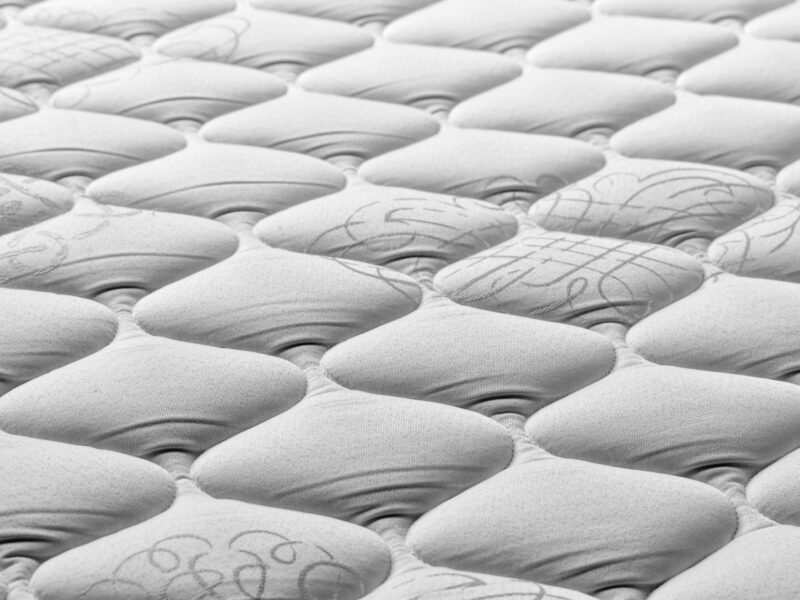As the citizens of Utah seek innovative ways to beautify their outdoor spaces while preserving the state’s natural splendor, a fascinating trend has been gaining momentum – blending natural and synthetic elements in landscaping. This innovative approach to designing outdoor spaces offers both aesthetic appeal and practical benefits. By combining the beauty of nature with the convenience of modern materials, homeowners and landscape designers can create stunning landscapes that are both sustainable and visually captivating. Here’s a look at the emerging trend of combining natural and synthetic elements. This article will also explore Artificial Turf in Utah, which has become a popular choice for Utah residents looking to conserve water and reduce maintenance efforts while maintaining a lush green landscape all year round.
The Rise of Natural-synthetic Harmony
With a growing awareness of nature concerns and a desire to strike a balance between nature and human-made elements, blending natural and synthetic elements has emerged as a game-changer in the landscaping industry. This trend emphasizes preserving the natural landscape while incorporating eco-friendly synthetic materials to enhance its functionality and appeal.
Artificial Turf – A Sustainable Alternative
One exemplary instance of this trend is the use of artificial turf. Artificial Turf in Utah offers a sustainable, low-maintenance alternative to traditional grass lawns. It has become a popular choice for homeowners seeking to reduce water consumption and minimize the use of harmful chemicals in lawn care. Additionally, artificial turf provides a lush green landscape all year round, regardless of weather conditions, eliminating the need for constant maintenance.
Blending Hardscape and Softscape
Another way to blend natural and synthetic elements is by seamlessly integrating hardscape and softscape features. Hardscape refers to non-living elements like stones, bricks, or concrete, while softscape includes living elements such as plants, trees, and flowers. By thoughtfully combining both, landscape designers can create a harmonious and balanced outdoor environment.
For instance, a patio made of eco-friendly pavers can be adorned with well-placed planters containing native plants. This combination enhances the visual appeal and promotes sustainability by incorporating indigenous flora that requires less water and maintenance in Utah.
Vertical Gardens
With the increasing urbanization of cities, the importance of incorporating green spaces has never been greater. Vertical gardens are an ingenious way of adding natural elements to limited urban spaces. These living walls feature a variety of plants and vegetation, transforming concrete walls into vibrant green canvases.
Vertical gardens improve air quality and provide insulation, reducing the overall energy consumption of buildings. They create a refreshing oasis in otherwise stark urban environments and serve as a reminder of the beauty and benefits of nature.
Smart Landscaping with Drip Irrigation
Water conservation is crucial for sustainable landscaping. Drip irrigation is an intelligent and efficient way of watering plants that minimizes water wastage. By using a network of pipes and tubing with carefully placed emitters, water is delivered directly to the root zone of plants.
This targeted watering system ensures only the necessary amount of water is used, preventing runoff and evaporation. As a result, drip irrigation can significantly reduce water consumption while keeping the landscape lush and green.
Conclusion
The blending of natural and synthetic elements in modern landscaping is a testament to the growing awareness of sustainable practices and the desire to create environmentally responsible outdoor spaces. By embracing this trend, homeowners and landscape designers can craft visually stunning landscapes and contribute to preserving precious natural resources. Whether incorporating artificial turf, creating vertical gardens, or using renewable materials, these innovative approaches to landscaping have the potential to shape a greener and more harmonious world.




